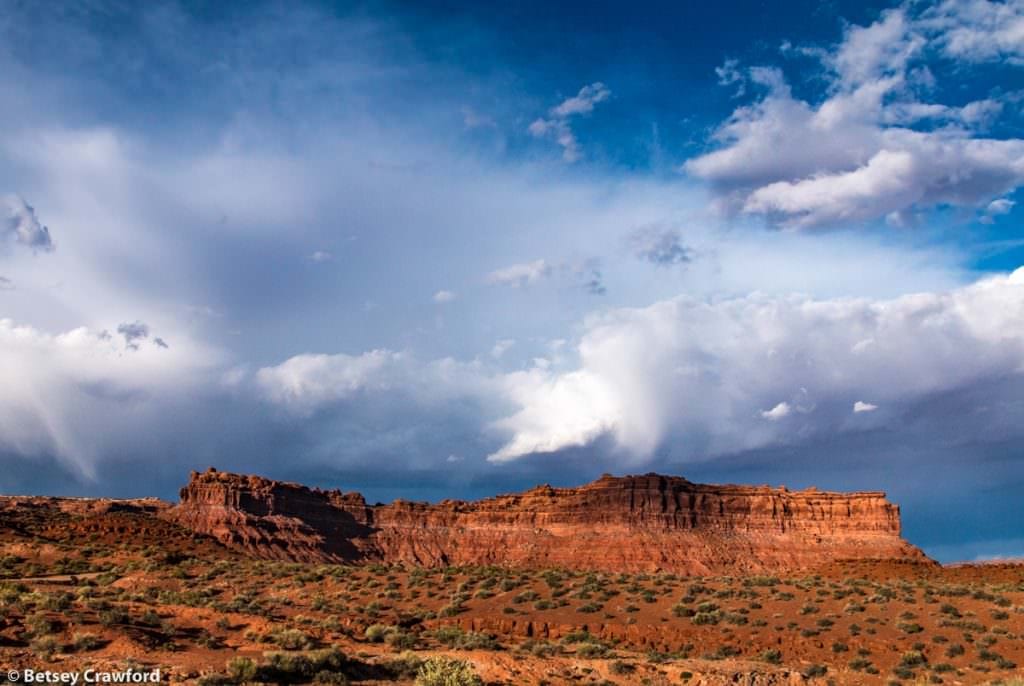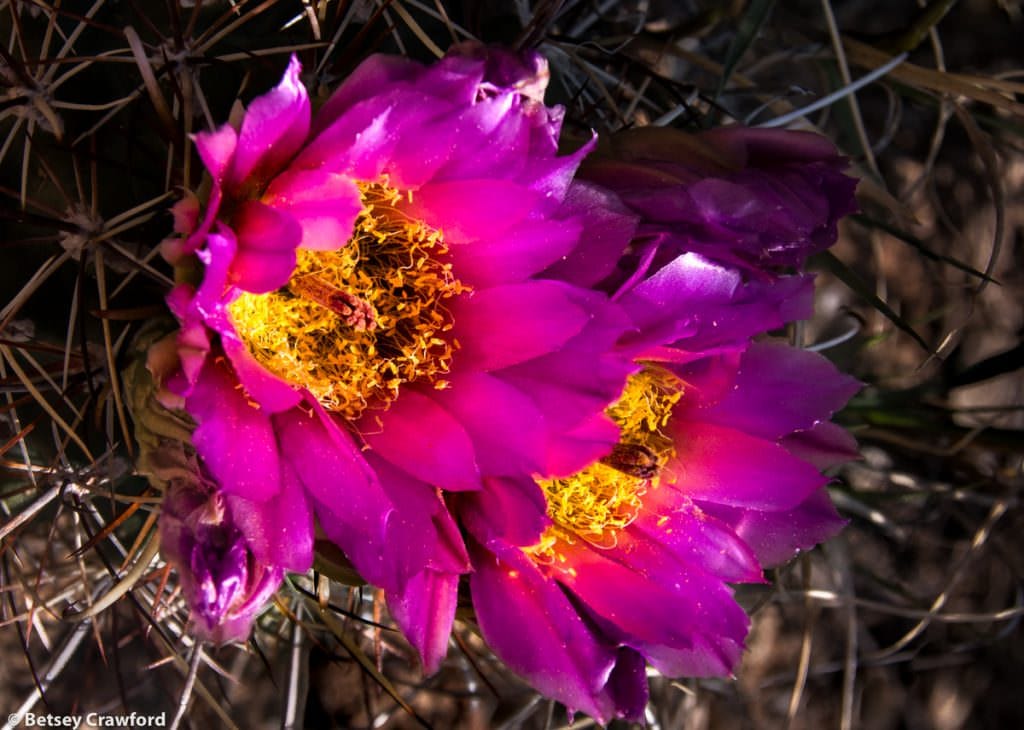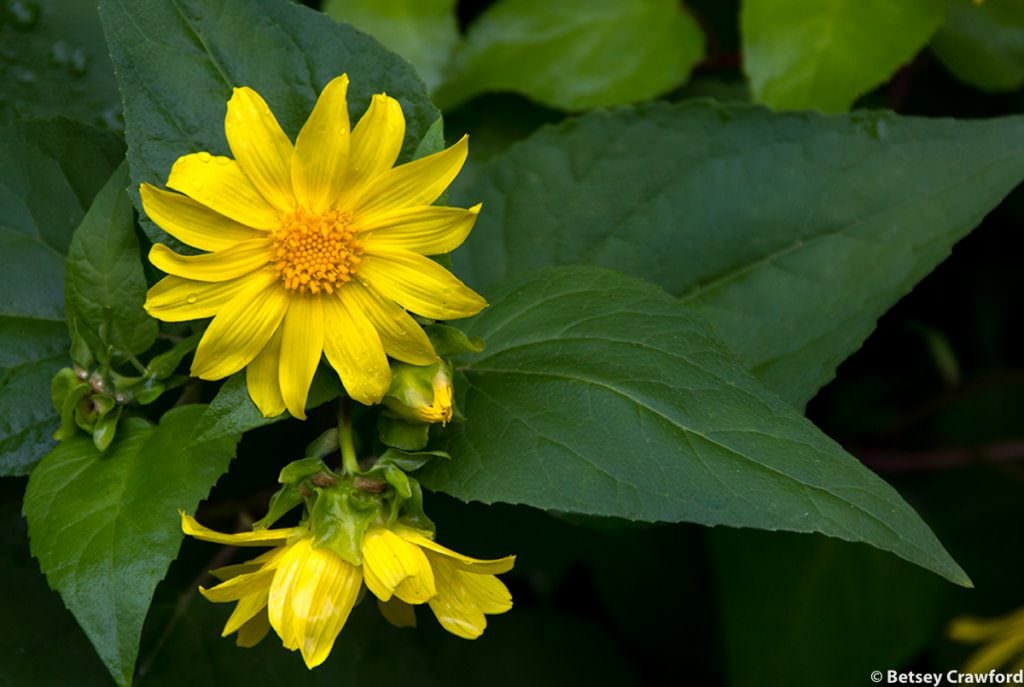
Laudato si — Praise be! — are the opening words of each of the verses in Saint Francis’s beautiful Canticle to the Sun. It is also the title of Pope Francis’ 2015 encyclical defining the Catholic Church’s doctrines on the care of the earth. This year, September 1 is the annual World Day of Prayer for the Care of Creation, joining a tradition started by the Orthodox Church in 1989.
Since I’m always ready to celebrate Earth, I thought I would read the revolutionary encyclical. It covers a wide range of topics, all relating to the care of ecosystems. Underlined by the belief that all livings things have dignity and worth beyond their use to humanity.
Every word in Laudato si reflects Pope Francis’ deep concern for the plight of the poor. For the the devastation of war and the insidious consequences of political corruption. The dignity and necessity of meaningful work; the need for orderly and inviting living conditions.
Issuing a call for new models of development, he starts with the cooperative efforts of small villages. From there, he moves to the complexity and necessity of global treaties involving all the countries of the world. Releasing the lure of consumerism is important. He takes the time to urge his readers to return to the small celebration of saying grace before meals. And urges the importance of appreciating beauty, so that we will want to preserve it.
That, naturally, is where I come in. Joining in a day meant to contemplate the glories of creation, and our role in caring for them. I’ve interwoven some of Pope Francis’ words from Laudato Si with pictures of the great luminous beauty of our world.

We have forgotten that we ourselves are dust of the earth; our very bodies are made up of her elements, we breathe her air and we receive life and refreshment from her waters.

It is not enough, however, to think of different species merely as potential “resources” to be exploited, while overlooking the fact that they have value in themselves. Each year sees the disappearance of thousands of plant and animal species which we will never know, which our children will never see, because they have been lost forever. The great majority become extinct for reasons related to human activity. Because of us, thousands of species will no longer…convey their message to us. We have no such right.

It may well disturb us to learn of the extinction of mammals or birds, since they are more visible. But the good functioning of ecosystems also requires fungi, algae, worms, insects, reptiles and an innumerable variety of microorganisms. Some less numerous species, although generally unseen, nonetheless play a critical role in maintaining the equilibrium of a particular place.

Because all creatures are connected, each must be cherished with love and respect, for all of us as living creatures are dependent on one another. Each area is responsible for the care of this family.

We were not meant to be inundated by cement, asphalt, glass and metal, and deprived of physical contact with nature.

In some countries, there are positive examples of environmental improvement: rivers, polluted for decades, have been cleaned up; native woodlands have been restored; landscapes have been beautified thanks to environmental renewal projects; beautiful buildings have been erected; advances have been made in the production of non-polluting energy and in the improvement of public transportation. These achievements do not solve global problems, but they do show that men and women are still capable of intervening positively. For all our limitations, gestures of generosity, solidarity, and care cannot but well up within us, since we were made for love.

Nowadays we must forcefully reject the notion that…dominion over the earth (Genesis 1:28) justifies absolute domination over other creatures. The biblical texts are to be read in their context, with an appropriate hermeneutic, recognizing that they tell us to “till and keep” the garden of the world (Genesis 2:15). “Tilling” refers to cultivating, plowing, or working, while “keeping” means caring, protecting, overseeing, and preserving. This implies a relationship of mutual responsibility between human beings and nature. Each community can take from the bounty of the earth whatever it needs for subsistence, but it also has the duty to protect the earth and to ensure its fruitfulness for coming generations.

All of us are linked by unseen bonds and together form a kind of universal family, a sublime communion which fills us with a sacred, affectionate, and humble respect.

It cannot be emphasized enough how everything is interconnected. Time and space are not independent of one another, and not even atoms or subatomic particles can be considered in isolation. Just as the different aspects of the planet – physical, chemical, and biological – are interrelated, so too living species are part of a network which we will never fully explore and understand. A good part of our genetic code is shared by many living beings. It follows that the fragmentation of knowledge and the isolation of bits of information can actually become a form of ignorance unless they are integrated into a broader vision of reality.

We take these ecosystems into account not only to determine how best to use them, but also because they have an intrinsic value independent of their usefulness. Each organism, as a creature of God, is good and admirable in itself; the same is true of the harmonious ensemble of organisms existing in a defined space and functioning as a system. Although we are often not aware of it, we depend on these larger systems for our own existence.

But if these issues are courageously faced, we are led inexorably to ask other pointed questions: What is the purpose of our life in this world? Why are we here? What is the goal of our work and all our efforts? What need does the earth have of us? It is no longer enough, then, simply to state that we should be concerned for future generations. We need to see that what is at stake is our own dignity. Leaving an inhabitable planet to future generations is, first and foremost, up to us. The issue is one which dramatically affects us, for it has to do with the ultimate meaning of our earthly sojourn.

May our struggles and our concern for this planet never take away the joy of our hope.
(Top photo: The Valley of the Gods in southeastern Utah)
~ RELATED POSTS ~

Imagine a river taking her case to court. Arriving in her smooth, flowing robes, reflecting the blue of the sky, a shimmering train brushing the floor as she walks. Her tone holds great authority. It would be impossible to ignore what she says. And we all know exactly what she would say…

In challenging times, keeping zest alive is difficult. Yet losing it is our greatest danger. When it’s hardest to muster, we need it the most. A love both fierce and gentle to energize us, to reach out to hearts that need it, to power us with strength and joy.

THE GEOGRAPHY OF HOPE:
SAVING HALF THE EARTH
Biologist E.O. Wilson had a radical proposal: save half the earth to preserve biodiversity. Simple. And complicated. The challenges invite us to think about the other half.
Betsy, as beautiful as always. Living in the midst of Cataclysm as we are, I appreciate even more your great ability to inspire not only a shared “grief”, but beauty, hope, and deep gratitude. Thank you so much for your gift of beauty, and even moreso for your profound reflections, . . a balm to our bruised souls and battered world. You are grounded in a great love. How wonderful!
Thank you for this beautiful response, Mary. Sitting on the edge of cataclysm, indeed. And trying to be grounded by that great love.
Grazie! That was an awesome and prayerful reflection!
Thank you, Mary!
Thank you so much, Mary.
I do hope that this collection of illustrations for Ladate Si will have been made available to Francis himself?
That’s a lovely idea, Megan. Do you know how to do that?
The whole thing is wonderful—–Autumn leaves lighting is spectacular!!
Thanks so much, Betty!
Love this – thank you for sharing!
Thank you, Kathy!
Yes,,, I especially love “…a sacred affection and humble respect…”
And the luminosity of your images is so full of life and grace…
MLAA
Thank you, my dear. I love that line, too.
Wow — so beautiful!!!
????????????????????????????????????
Thanks so much, Annie!